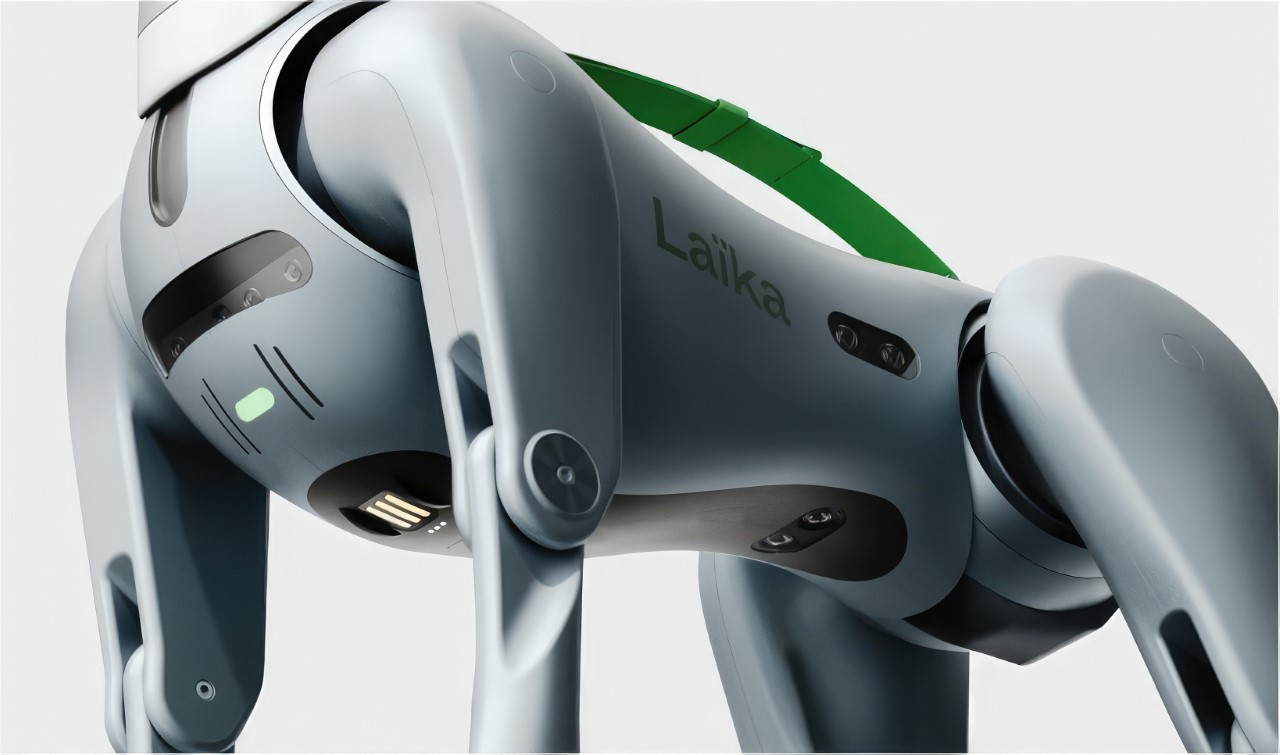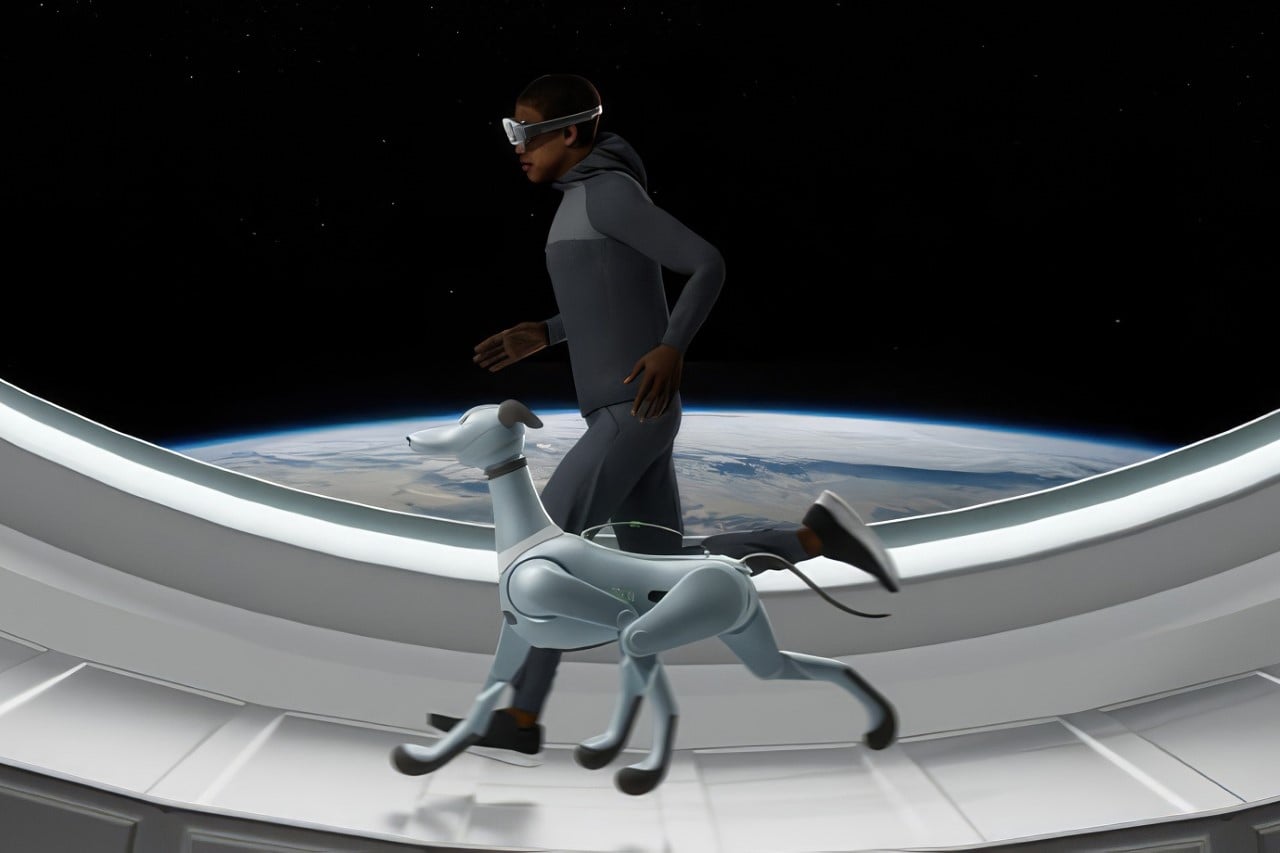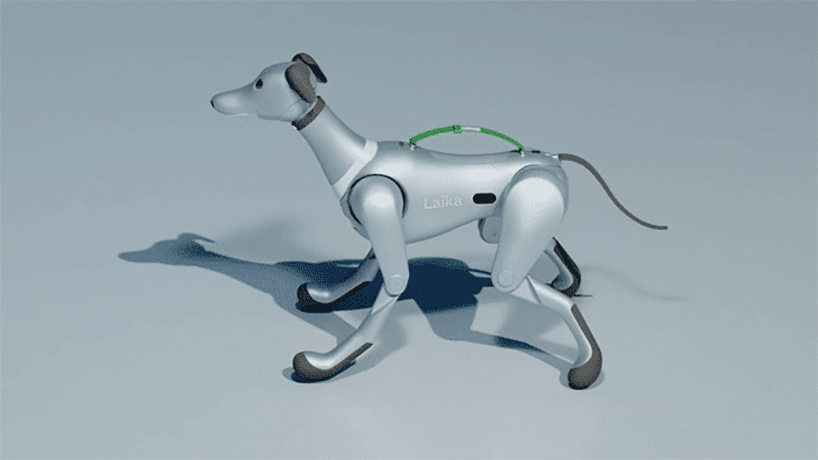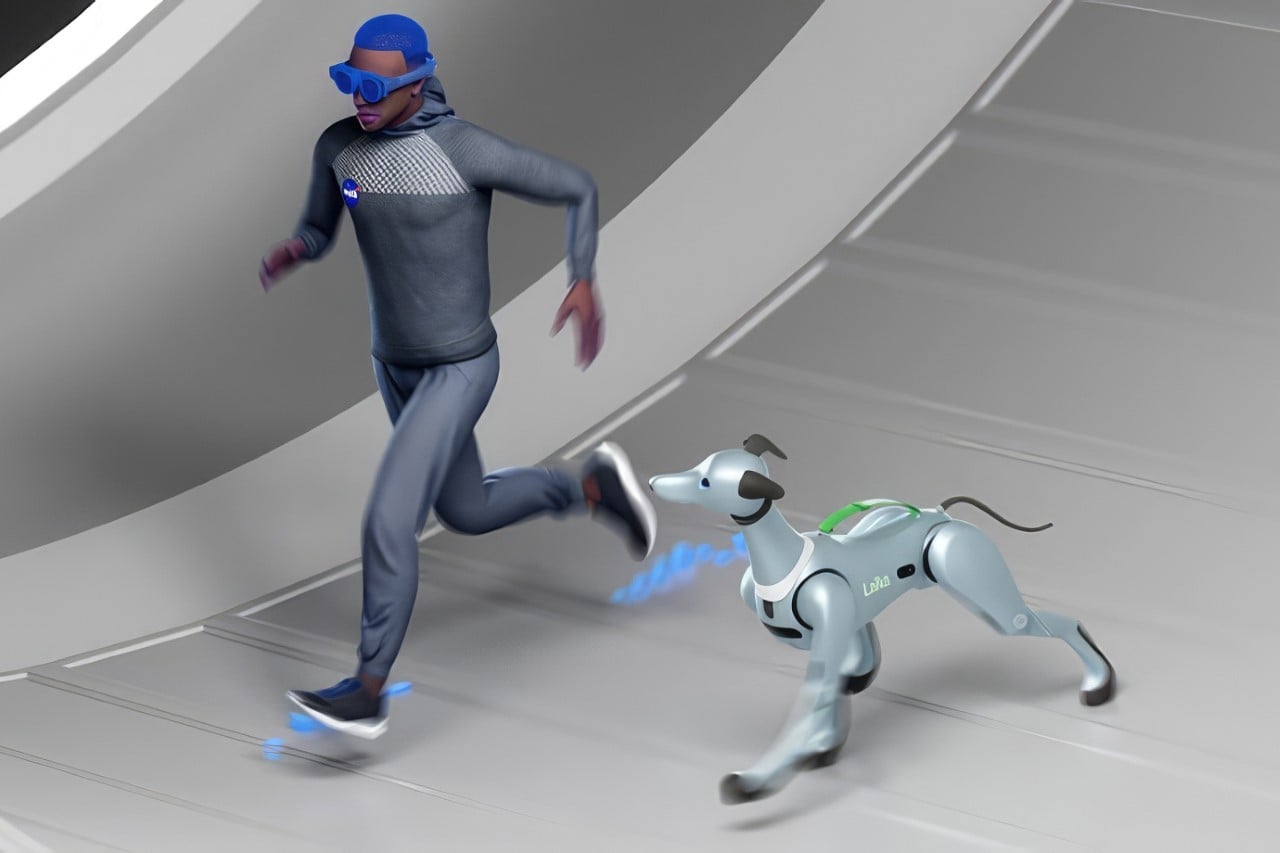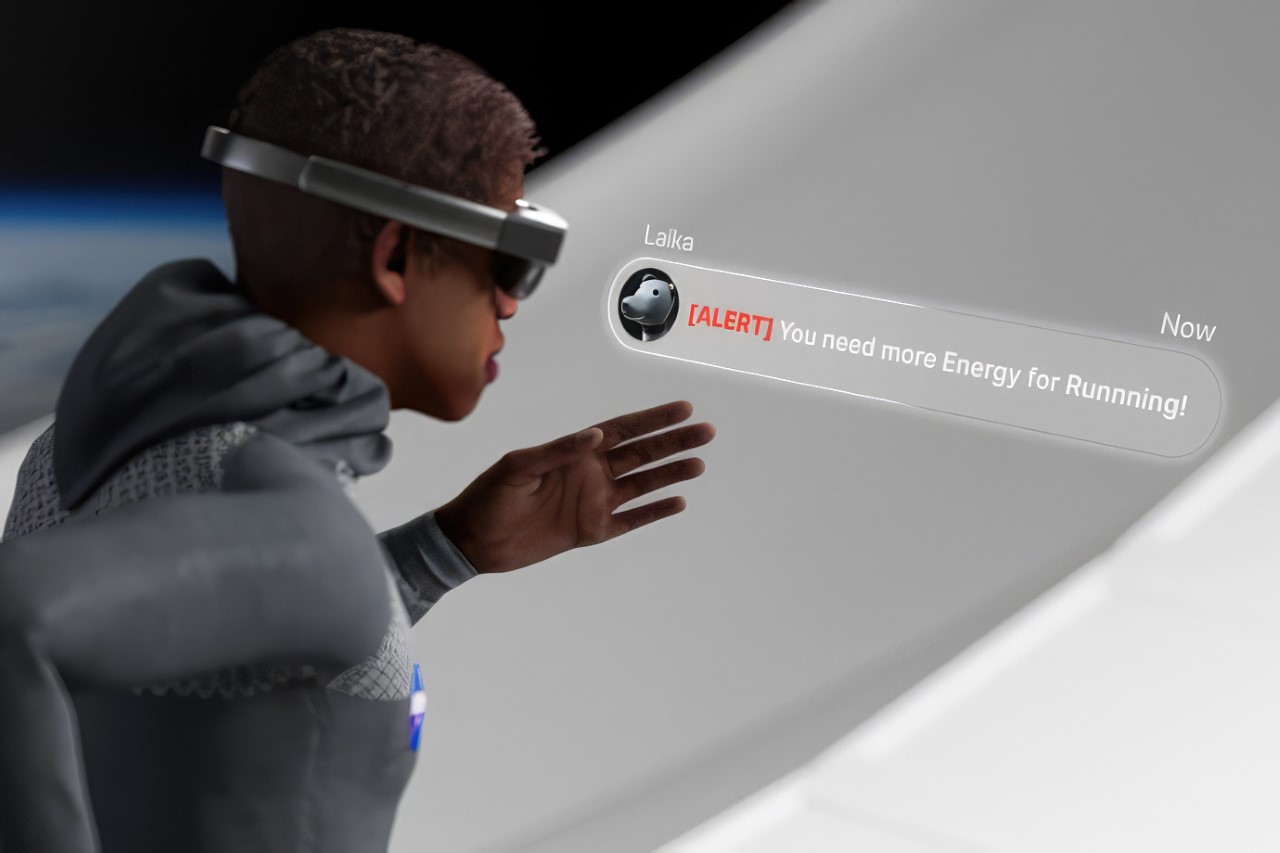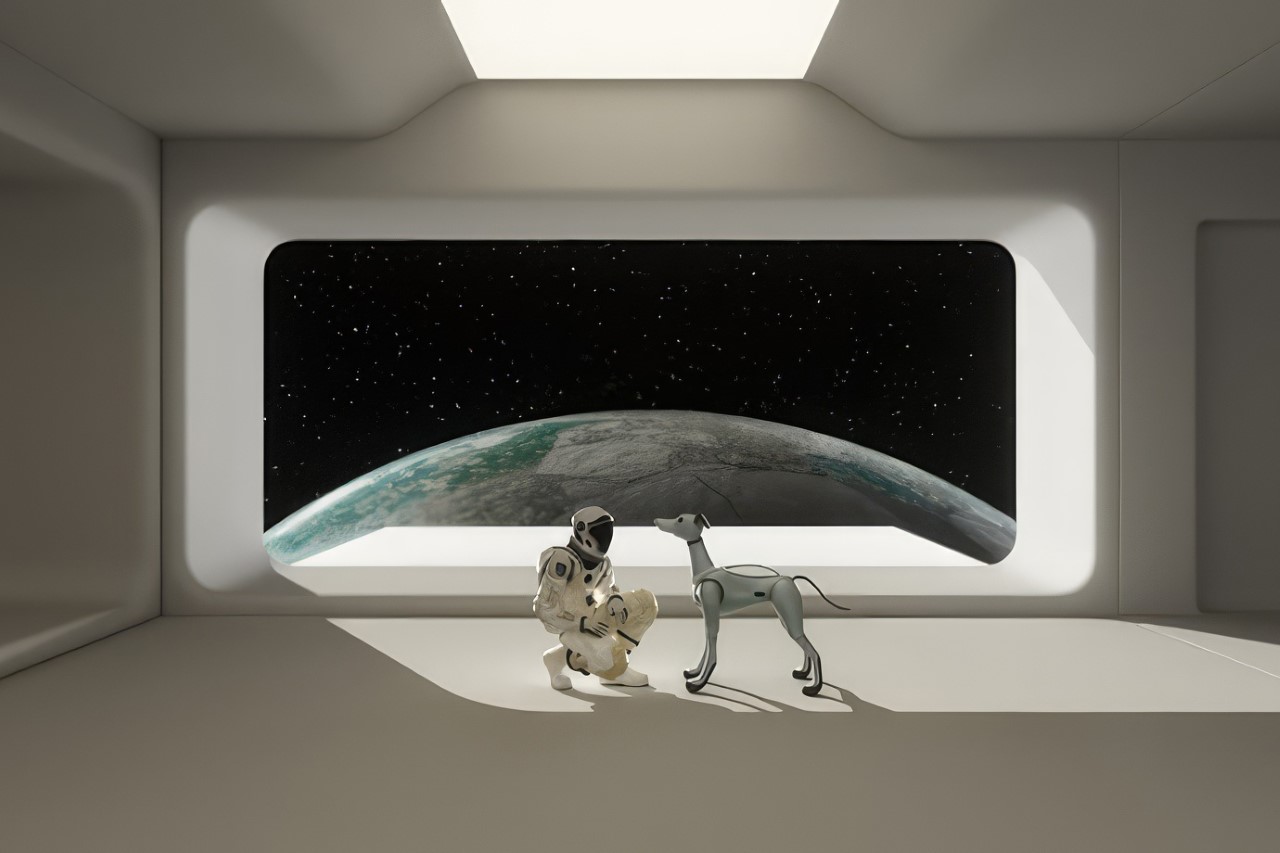
Some of the most popular (not necessarily best) memes are of people who seem to be brave on the outside but are reduced to screaming messes when faced with a cockroach. We’re talking both men and women here and seeing them freak out over these insects is apparently funny to some people. So this concept for a robotic cockroach may be the stuff of nightmares for some or a fascinating experiment for those who are curious.
Designer: Luis Lopez




Baby X-Roach is a concept or experiment into creating a robotic creature that is usually a source of disgust or fright. In his description of this creature he created, he says that she has a huge and kind heart with her curiosity keeping her alive even if most people don’t see it. It is designed to have a high tech aesthetic even though it is a low poly creation (small number of polygons in 3D computer graphics).



Based on the animations the designer included, the structure of the Baby X-Roach seems to be based on the actual cockroach’s look but with a high tech aesthetic. It may actually look right at home in a Tesla facility as per the creator. It can also be part of the Into the Spiderverse animated universe as it looks like it may be insect cousins with the spider that bit Miles Morales, with its red and black colors and mechanical movements.



This insect doesn’t seem to have any other function except to be a cute, mechanical pet. Well, that is, if you’re not afraid of roaches. If you are, you just might squish it if you see it scurrying across to you, which would be a shame for this baby roach.


The post Baby roach mechanical experiment may be your next cute pet (or nightmare) first appeared on Yanko Design.

